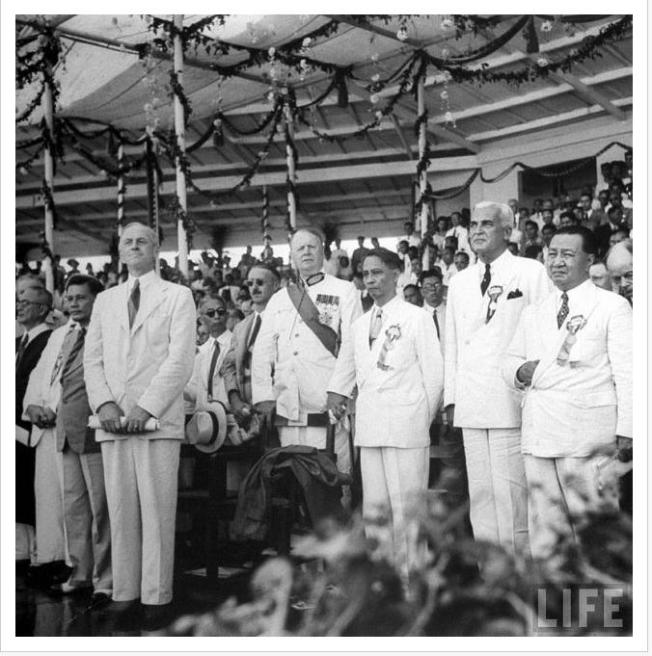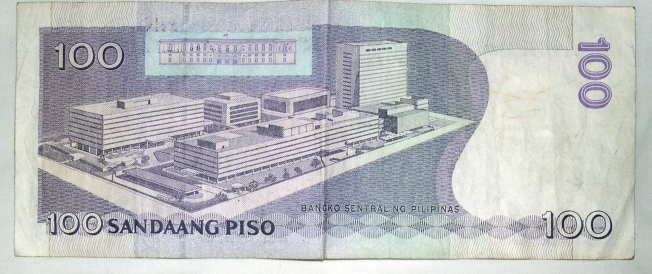The recently concluded midterm campaign and elections demonstrated the lengths a candidate will go in the name of victory. One senatorial bet identified himself as the political version of an infamous television fantasy-action hero. Another candidate called herself the mother of the people. One senatoriable branded herself as the most respectful by virtue of her surname.
Political operatives call this ‘branding’, similar to the marketing strategy of knowing the right name, color and packaging that will attract buyers. Since the goal is to sell more, marketing strategists fit the name, color and packaging to the target market. Political operatives do the same. The difference is operatives aim to gain votes and not profit from a specific income bracket or age group.
Branding is not bad, so long as it does not veer away from the truth. The problem is that during a mass hysteria that is Philippine elections, the content of truth does not matter. What matters is who said that truth and how that person delivered it.
Jose Rizal immortalized this perception of truth in his Noli Me Tangere. In the original manuscript of the novel, the historian Dr. Florentino Hornedo found in the title page German and Spanish lines which were an excerpt from a play:
“What? A Caesar may not present himself
On your stages? No more may an Achilles,
An Orestes or an Andromache appear in person?“You don’t say! I see only councilmen,
Curates, second lieutenants, and secretaries,
of gaudily-uniformed majors and constables.“But say, what deed of greatness may these
Unregenates do? Can such rats as these
Be capable of extraordinary deeds?”
The Noli showed how politics and religion combine to mold the truth for a person’s interests. The prevalent medieval intellectual trend in the Philippines when Rizal wrote the Noli was to anoint persons whose voice is equivalent to the ultimate source of truth and authority, God. As friars embody that role, they had the right to voice out “truth” to the people, both to the masses and to the colonial political appointees from Spain. Thus the friar’s power extends beyond the church pulpit and reaches as far as the Palacio del Gobernador.
Yet the medieval view slowly gave way for liberal ideas, thanks to the advent of new technologies from Europe that the ilustrados of the 19th century used to their advantage. These ideas introduced a new perspective on seeking the truth: authority must be backed by science of empirical knowledge. Rationality became the basis of seeking truth as man—discovering his abilities to unearth truth on his own—sought to abide the laws of nature by letting his mind evolve, as it is continuously triggered by curiosity.
A person who chose to rationalize his quest for truth eventually becomes an intelligent and creative soul. These souls are, in Rizal’s words, “A Caesar”, abhorred in a society that requires conformity. The mediocre ones are what Rizal calls “rats”. They are those who despise deviance, for deviance is change and change is what they sought to avoid in a system that benefits them the most.
The content of truth during political campaigns does not matter so long as it is delivered with conviction, humor and grandeur. A Harvard graduate becomes a fantasy-action hero. A political apprentice transforms to be the mother of the voters. A former appointee becomes the most respectful by virtue of her surname. Branding blurs the line between Caesars and rats.
Perhaps the greatest tragedy is that more than a century ago, Rizal wrote in the foreword of the Noli that he strived to remove the curtain that blinds the eyes of the Filipinos. After almost six decades of teaching the Noli and El Fili in secondary schools throughout the country, it seems the curtain remains unmoved: majority of Filipinos vote for candidates whom they can identify with, never mind their qualifications or past political experience.
And yet even if Rizal intended the electorate to choose rationally than emotionally, his prime intention is aligned with that of the ilustrados: to give the Filipinos the ability to choose the leaders of their own country. The exercise of this right either emotionally or rationally does not matter. More than a century ago, Rizal was one of those who laid the foundations towards the establishment of a democratic country. It is for the readers of the Noli and El Fili to continue building these foundations by exercising their right to choose—even if the choices include some Caesars and rats.

This work is licensed under a Creative Commons Attribution-NoDerivs 3.0 Unported License.






